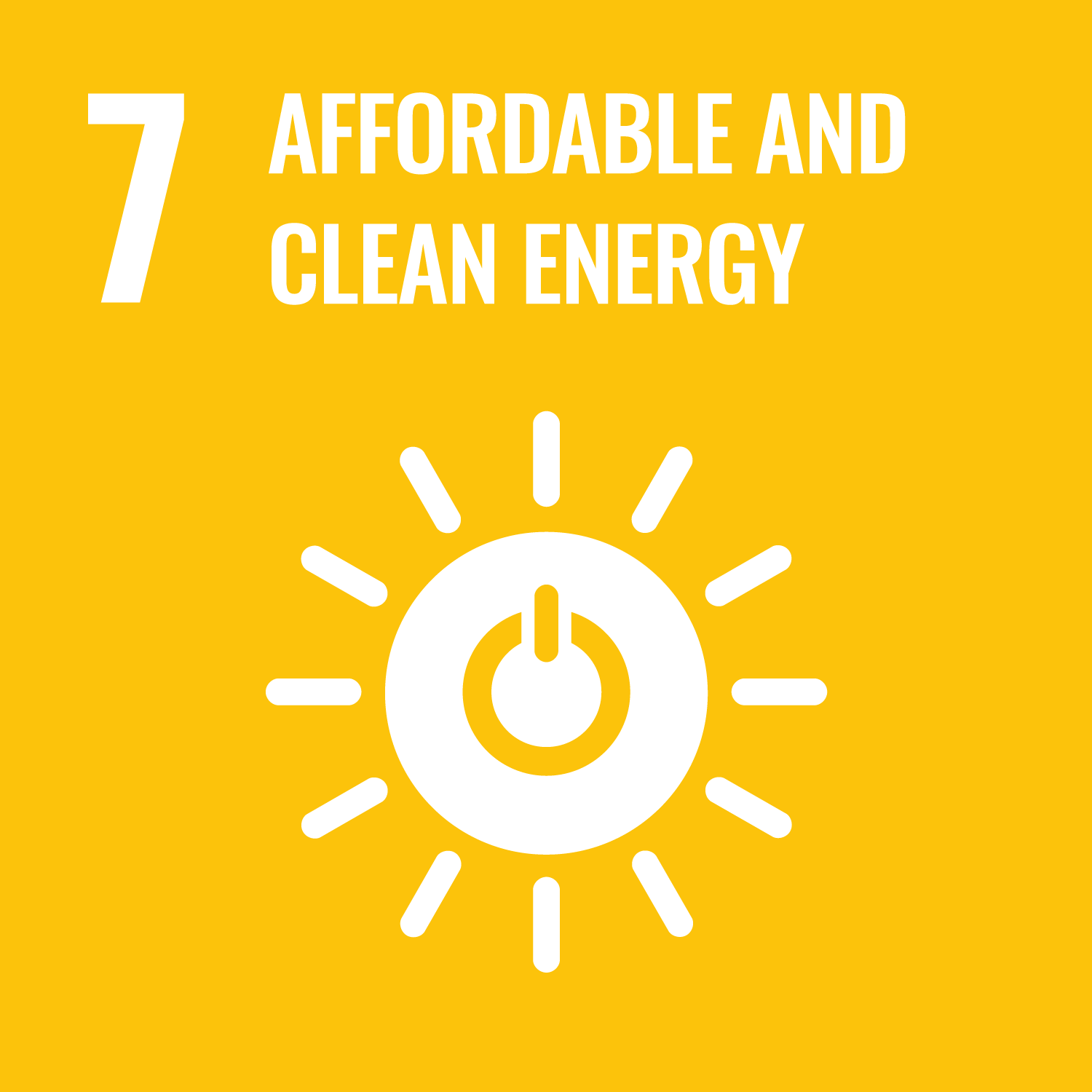ORCID
- Souran Chatterjee: 0000-0002-3500-6061
Abstract
Transition towards a net-zero building sector offers substantial potential to mitigate climate change impacts andthus plays a pivotal role in meeting the goals set forth in the Paris Agreement. Stakeholders often use mathematical models to understand the true potential for mitigating emissions by reducing the energy demand of thebuilding sector. However, the existing models rarely provide insights into net-zero pathways for both the residential and tertiary buildings as this is a complex sector to calculate the future pathways towards net-zero.Hence, uncertainties in the associated policy decisions persist. Therefore, this study uses the High-EfficiencyBuilding (HEB) energy model to calculate the energy demand reduction potential as well as to analyze thenet-zero feasibility of the building sector for each of the European Union Member States. This research uses fourscenarios, which are designed to represent scenario-specific levels of commitment the European Union MemberStates regarding the application of different energy efficiency measures, to provide insights into the consequences of today’s policy decisions by 2060. The findings of this study show that energy demand of the buildingsector can be reduced substantially and can even become nearly net-zero by 2060. Based on the demandreduction potential of the building sector, it can be concluded that the building renovation rate and constructionof new advanced buildings not only provides unprecedented potential for reducing energy demand but also pavesthe way for reaching climate neutrality goals.
DOI Link
Publication Date
2024-09-20
Publication Title
Renewable and Sustainable Energy Reviews
Volume
207
ISSN
1364-0321
Acceptance Date
2024-08-12
Deposit Date
2024-09-26
Funding
This study is based on research conducted within the EC funded Horizon 2020 Framework Programme for Research and Innovation (EU H2020) Project titled \u201CSustainable Energy Transitions Laboratory\u201D (SENTINEL)- Grant Agreement No. 837089. Authors would like to acknowledge the support from the EC. The content of the study is the sole responsibility of its authors and does not necessar il y reflect the views of the EC. Dr. \u00DCrge-Vorsatz and Dr. Chatterjee also received funding from the Energy Demand changes Induced by Technological and Social innovations (EDITS) project, which is part of the initiative coordinated by the Research Institute of Innovative Technology for the Earth (RITE) and International Institute for Applied Systems Analysis (IIASA) (and funded by Ministry of Economy, Trade, and Industry (METI), Japan). The EU has actively pursued policies and provided financial schemes such as European Structural and Investment Funds, and the European Fund for Strategic Investments (EFSI), to support building rennovation initiatives across its member states. Through initiatives like the Renovation Wave Strategy under European Green Deal, the EU aims to accelerate the pace of building renovations by offering financial incentives, technical assistance, and regulatory frameworks to streamline the process [13]. However, studies (for instance, Refs. [14,15]) indicate that existing EU energy and climate policies need further improvement to achieve the 1.5-degree target while reducing investment costs in building renovation and construction. In addition to the financial schemes, the Energy Performance of Buildings Directive (EPBD) mandates a compulsory legal structure for all European Union member countries to synchronize their domestic regulations, mandating the adoption of nearly zero-energy buildings (nZEB) construction. Nevertheless, the EPBD codes interpretation by individual member states, often varies while implementing national codes for new building construction, particularly concerning definitions and subsequent energy performance [16]. Furthermore, there is limited empirical projection of how these accelerated renovation rates and new construction standards would reduce the building energy demand. Consequently, there is ongoing debate regarding whether renovations and new high-efficiency construction of buildings would contribute to achieving climate neutrality in the EU.The findings of this study underscore the significant potential for reducing future energy consumption in the building stock of EU member states through the adoption of deep energy renovation and high-efficiency building construction practices. The scenario-specific reductions in heating and cooling energy demand emphasize the critical importance of increasing the retrofit rate of older buildings and constructing new buildings with advanced passive-house technologies. The simulations conducted by the HEB model also reveal that different member states will need to devise varying strategies to mitigate the energy demand of their expanding building sectors in the coming decades. The findings show that the modelled space cooling-related energy demand mostly comes from the residential building sector, corresponding to a magnitude of 1.2 GWh, while it remains around 0.4 GWh for the tertiary sector in 2022. If the residential sector would implement policies considered in the \u2018\u2018Towards Net-Zero\u2019 scenario, the energy demand is expected to decrease by 86 % and 98 % in 2050 and 2060, respectively, relative to 2022. In the tertiary building sector, the space cooling estimated by the \u2018\u2018Towards Net-Zero\u2019 scenario would result in reductions of 76 % and 86 % in 2050 and 2060, respectively, compared to the reference year. Space heating, which accounts for the largest share of total building-related energy consumption (64.4 %; [59]), is projected to have the most significant potential for reducing energy demand by 2060. Even with the implementation of policies outlined in the \u2018Moderate-efficiency\u2019 scenario, space heating energy demand could be decreased to below 25 % of its current level in most member states. This is partly supported by the fact that some EU countries already predominantly utilize green energy in their fuel mix for space heating (e.g., Bulgaria \u2013 55.7 %, Croatia \u2013 65 %, Portugal \u2013 87.3 % [59].The total thermal energy demand of the building sector could increase by up to 7 % by 2060 compared to the level in 2022 if comprehensive renovations and high-efficiency constructions are not implemented across the EU. Thus, strong policy support is needed, particularly for promoting deep energy rehabilitation and enforcing strict building rules to guarantee the new construction of high-efficiency buildings. It is crucial to realise that deep-energy renovation is expensive, making it unlikely that those with lesser incomes could afford it. Thus, it is necessary to take certain preventative steps, such as an easy deep renovation loan from the authorities or some kind of subsidy to speed up the deep energy renovation. Because there is a possible risk of substantially locking in the energy decrease if the majority of buildings opt for shallow energy rehabilitation, which would impede the pace towards meeting the net-zero target. Additionally, the deep renovation and passive house/high-efficiency building constructions also produce a number of significant co-benefits, such as a boost in GDP, health, labour and social productivity which should be considered while evaluating the cost of high-efficiency measures in the building sector [67]. The cost and benefit of the net-zero renovation are often unclear. The cost is estimated to be around \u20AC243 billion in the EU Member States to support deep-energy renovation [68]. However, the co-benefits of deep-energy retrofit can generate substantial benefits especially to labour productivity improvements, for instance, with the deep-energy renovation and construction, Germany and Hungary can gain 277 and 134 million Euros per year respectively, which also needs to be accounted in the policy evaluation [69]. Incorporation of these co-benefits would substantially improve the cost to benefit ratio for any investment in the building renovation and construction [70]. Furthermore, it is noteworthy, that most of these labour productivity-related benefits are resulting from improving physical health by avoiding diseases, and also by improving mental health by improving mental well-being [69,71]. Therefore, investment in the building renovation and construction should not be seen only a tool to save energy, but rather it is a multifaceted which can be used to reduce energy demand while improving the individual well-being.The authors declare the following financial interests/personal relationships which may be considered as potential competing interests:Diana Urge-Vorsatz reports financial support was provided by European Commission. Diana Urge-Vorsatz, Souran Chatterjee reports financial support was provided by Japan Ministry of Economy Trade and Industry.This study is based on research conducted within the EC funded Horizon 2020 Framework Programme for Research and Innovation (EU H2020) Project titled \u201CSustainable Energy Transitions Laboratory\u201D (SENTINEL)- Grant Agreement No. 837089. Authors would like to acknowledge the support from the EC. The content of the study is the sole responsibility of its authors and does not necessarily reflect the views of the EC. Dr. \u00DCrge-Vorsatz and Dr. Chatterjee also received funding from the Energy Demand changes Induced by Technological and Social innovations (EDITS) project, which is part of the initiative coordinated by the Research Institute of Innovative Technology for the Earth (RITE) and International Institute for Applied Systems Analysis (IIASA) (and funded by Ministry of Economy, Trade, and Industry (METI), Japan).
Additional Links
Keywords
Buildings, EU, Energy demand, Energy transition, Net-zero, Retrofit
Creative Commons License

This work is licensed under a Creative Commons Attribution 4.0 International License.
Recommended Citation
Chatterjee, S. (2024) 'Navigating the transition: Modelling the path for net-zero European building sector', Renewable and Sustainable Energy Reviews, 207. Available at: 10.1016/j.rser.2024.114827



